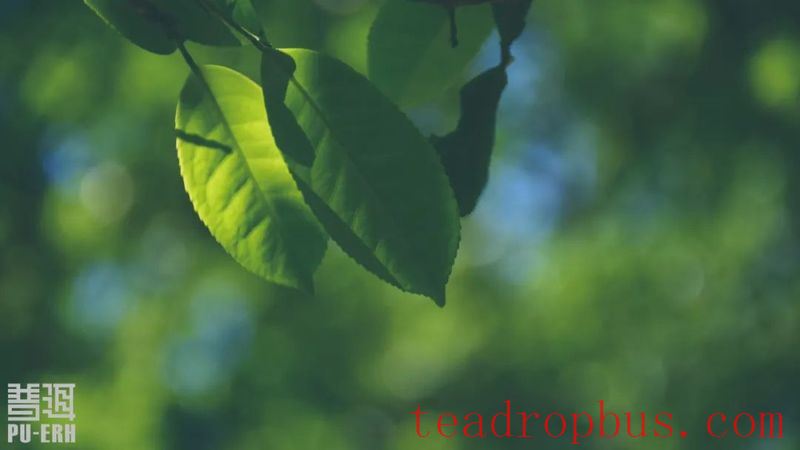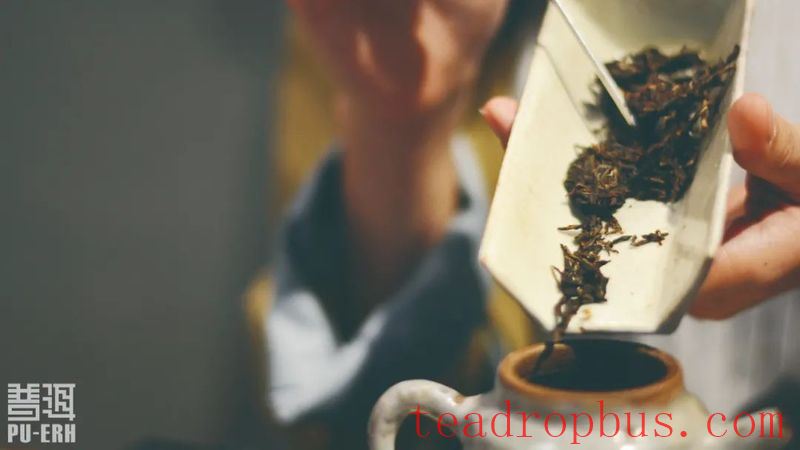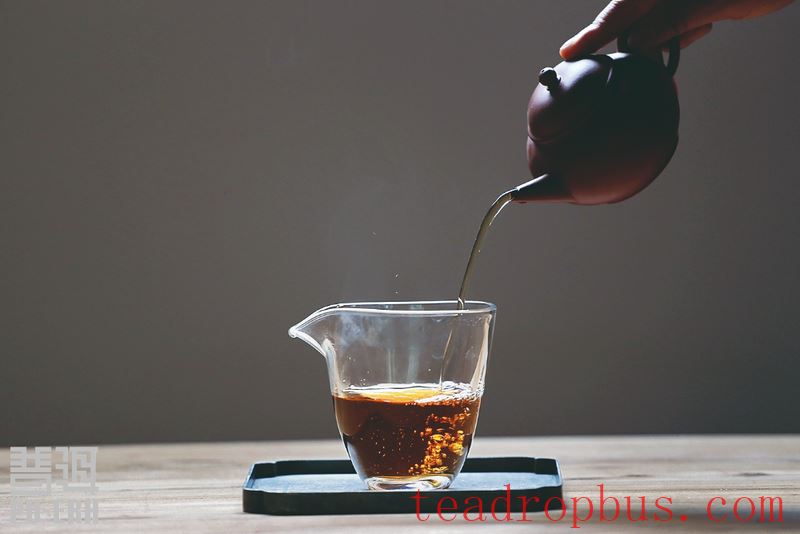On a trip to Europe, I brought along several cakes of ripe Pu'er Tea to help with digestion and greasy foods. Taking Pu'er tea to Europe made it a novelty for others.
Europeans know little about Chinese Tea culture, let alone Pu'er tea, which is virtually unheard of. Only in Paris is Yunnan Tuocha available, albeit somewhat expensive, but still well-liked. In Europe, friendships are formed over tea. Not everyone is willing to try new things, and Europeans are no exception. When they took their first sip of Pu'er tea, their expressions reflected their honest reactions. Fortunately, the drinkers gave Pu'er high praise.
Do you remember the taste of your first sip of Pu'er? If one day you recommend Pu'er tea to foreigners, please set aside preconceived notions and return to the basic principles of tea production. Then, slowly talk about how one person or a group can enjoy Drinking Tea happily.

Grassy Taste vs. Withering
When making Pu'er tea by hand, details and experience are crucial. All green plants have a natural grassy flavor to some extent, and tea leaves are no exception. Watching a Spanish man gulp down freshly brewed ripe tea in front of me, it seemed that he enjoyed the taste. His face showed signs of recollection and contemplation. He told me that the flavor reminded him of dry grass and a certain plant from his hometown. I immediately opened my phone and showed him pictures of the tea leaves, and he instantly understood. Since he was a chef, I started talking to him about the process of withering the tea leaves… There are two methods of withering used in Pu'er tea production: iron pan withering and drum withering. Drum withering machines are commonly used by large factories to make Pu'er tea. Hand withering in an iron pan is primarily used by ethnic minority tea farmers on tea mountains. The withering process in Pu'er tea involves using high temperatures to destroy and dull the activity of oxidizing enzymes in fresh tea leaves, inhibiting the enzymatic oxidation of polyphenols in the fresh leaves. It also evaporates some of the moisture, making the leaves softer and easier to shape through rolling. Additionally, it helps to eliminate the grassy odor and promotes the formation of a pleasant aroma. This step in Pu'er tea production aims to preserve as much of the internal content of the leaves as possible, allowing for greater transformation during storage. Withering is the most critical and challenging step in the production of Pu'er tea. Let's focus on hand withering in an iron pan. This is a hard skill mastered by tea makers and is both time-consuming and labor-intensive. The amount of fresh leaves added to the pan should not exceed two-thirds of its surface area. Once the pan reaches a certain temperature, the tea leaves can be added, and then they must be continuously tossed and turned using different techniques. The leaves must be removed at the right time to avoid over-withering. It takes around 30 minutes to wither one batch of tea, and throughout this process, the tea maker cannot stop and must accurately observe the state of the leaves, making it a test of both experience and physical endurance. The effects of withering on taste are very noticeable. If the withering is insufficient, the grassy flavor will be too strong; if overdone, the tea may develop a green tea-like aroma, with a murky broth and burnt leaves.

Sweetness and Smoothness vs. Fermentation
In Florence, I discussed Pu'er tea with a Canadian lady who taught French. I offered her a taste of the smooth ripe tea, and after drinking it, the 60-year-old woman had a look of comfort and satisfaction on her face, praising its sweetness and smoothness. I explained to her that ripe tea is beneficial for lowering cholesterol because of the fermentation process, which makes the tea sweet, smooth, and warming. Hearing the word “fermentation,” her eyes lit up as she nodded in understanding. The red tea broth and its smooth taste come from microbial fermentation. After pile fermentation, the stimulating substances in the tea become milder, resulting in a rich and thick taste, hence the term “ripe tea.” Polyphenols are one of the active ingredients in Pu'er tea, responsible for the bitterness and astringency of the broth. After fermentation, the polyphenol content decreases by 50% to 70% compared to the original raw material, converting into tea pigments and other non-water-soluble substances. Ultimately, the polyphenol content in ripe Pu'er tea ranges between 11% and 17%, significantly reducing the bitterness and astringency, diminishing the stimulation and astringency, and making the tea nature more mild and sweet upon entry. Medical research has confirmed that ripe tea is effective in lowering cholesterol and blood sugar levels, not only because of its rich and fragrant taste but also due to its significant health benefits.

Aged Aroma vs. Storage
In Barcelona, I shared tea with a Japanese man. At the time, we didn't have bottled water, so we used tap water to Brew the ripe tea. Despite this, the Japanese man couldn't stop praising the tea, finishing three cups in quick succession. Alongside the warmth and smoothness, he detected an aged aroma. The aged aroma is not a single fragrance but rather a general term for the various pleasant aromas that emerge after Pu'er tea has been stored and transformed, a combination of multiple aromatic compounds. The aging of Pu'er tea requires a period of storage. Storage is not just a simple place to keep the tea; over time, the concept of “storage” has evolved to include the environment and methods used to store Pu'er tea. Depending on natural climate, geographical location, and technology, Pu'er tea storage can be categorized into dry storage and humid storage, production-area storage and sales-area storage, natural storage, and artificially controlled technical storage, among others. One unique aspect of Pu'er tea is that it undergoes different changes depending on where it is stored. High-quality raw materials, skilled craftsmanship, and scientific storage are essential conditions for producing premium Pu'er tea. Good storage conditions enhance the potential and transformation space of Pu'er tea, greatly increasing its value.